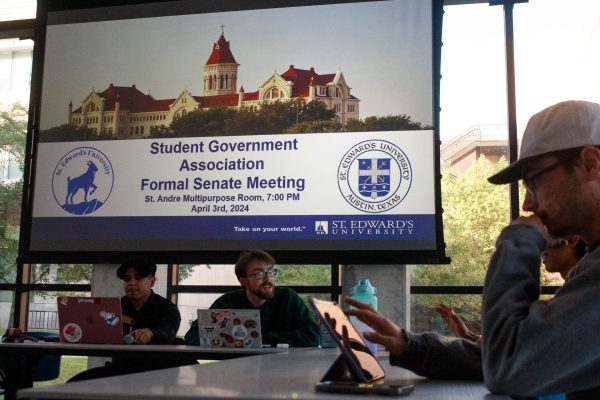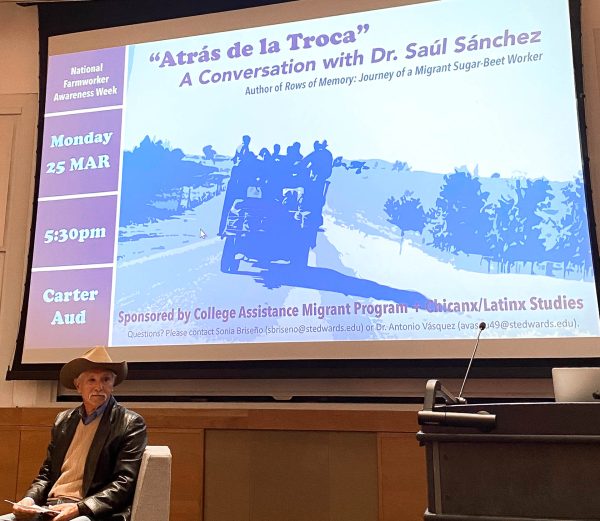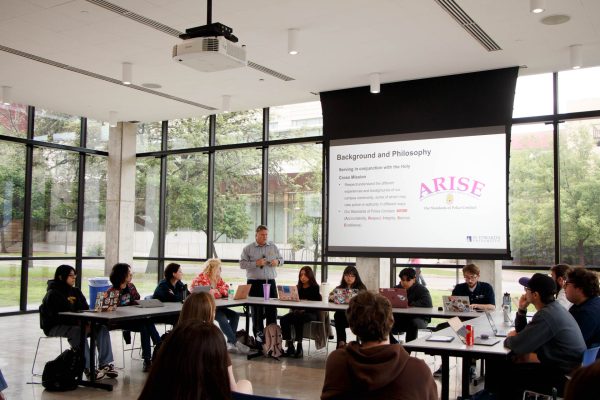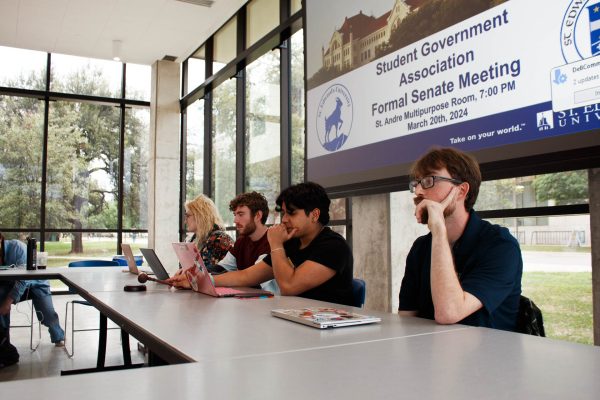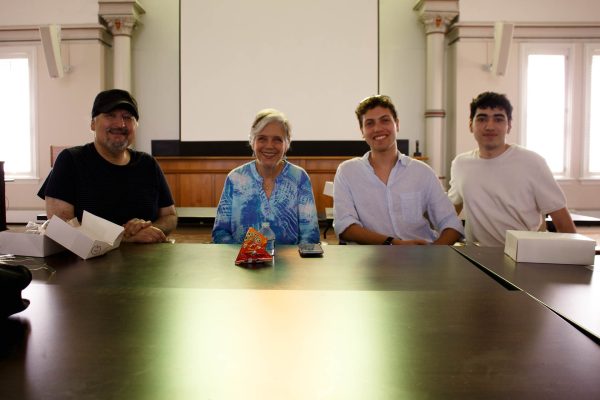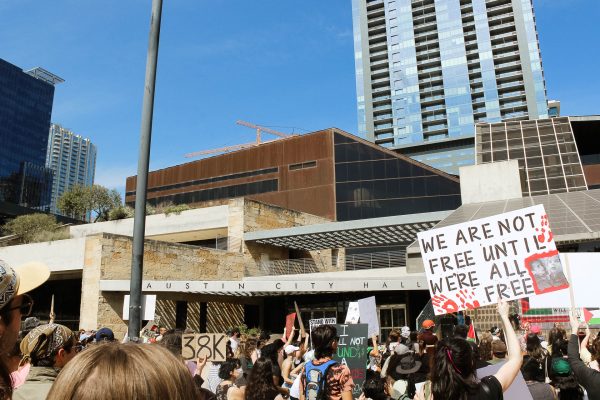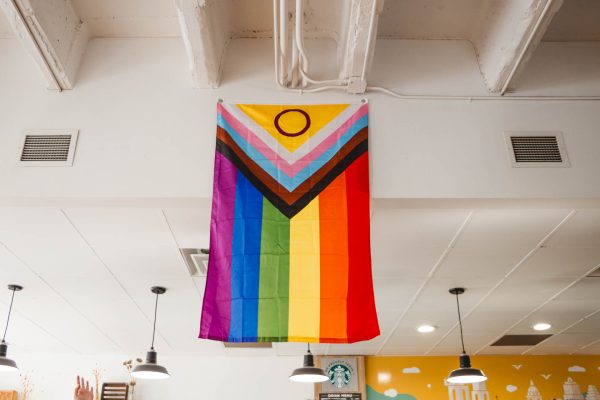S.I GENTRIFICATION
Ballpark apartments, which are known for being some of the few affordable housing options left in a fast-gentrifying Austin, have recently been on track to be rezoned. If this occurs, students and low-income families could be driven out of their homes and left with few other affordable housing options.
Logan Stansell, Senior General Manager of Ballpark East and South says that “the rezoning process takes months, if not years to complete.” Stansell affirms that the City of Austin “sent letters detailing the rezoning” to their residents.
Sarah Gonzales, sophomore at St. Edward’s and a resident of Ballparks, says that she found out about potential rezoning from a note on her door.
“They just printed out a paper. I think they definitely should have sent out an email, at least a text, maybe even hold a meeting for buildings.”
Gonzales mentions that her and her roommates weren’t surprised about the news.
“When we got that letter, we weren’t surprised. If someone buys out the complexes and rezones them, it’s probably the better move for [the owners of Ballparks] and whoever is buying them out.”
The potential rezoning of Ballparks will be a huge loss for all of its residents, from lower and middle class families to college students who are not able to afford on-campus housing fees, and who will also not be able to afford rent prices in other parts of the city. As Austin continues to grow, so does the cost of living. Many people are worried about where they’ll go if the rezoning application is approved.
Gentrification is the displacement of low-income families when upper-class parties inhabit the area in which they live, subsequently its property value.
Austin is the 10th “fastest-gentrifying” city in the nation, and this gentrification has been occurring for decades. Austin used to be a much more segregated city in the days before the Civil Rights movement. Because of Jim Crow laws, East Austin homes were reserved solely for black residents, causing an increase in segregation.
Additionally, because of the Great Depression, areas where mostly black and Latinx people lived were “redlined”, or excluded from the same goods and services as white families. Families who lived in these redlined districts were unable to receive government-backed mortgages. Koch and Fowler was one of the largest redlined districts in Austin, whose residents were predominantly black. The East side of Austin was generally reserved for these minority groups, many of which were low-income with little to no education. Now, East Austin is famed for its artistic aesthetic, drawing newcomers in while nudging longtime residents out.
Many of these longtime residents are holding onto their property. The majority of these people are elderly folk who have lived in East Austin for most of their lives. For the past few years, these Austinites have been watching their neighbors’ houses get demolished in order to make way for taller, more modern buildings. Many of them receive heaps of offers to sell their homes, often for much less than what they are worth. Hoping to preserve their sense of belonging in their own community, they choose to stay, sticking out the rising property taxes for as long as they can.
Longtime residents of East Austin are outraged and voicing their concerns about the issue. A community meeting in Austin was held on April 4th to discuss demolition of East Austin neighborhoods. The meeting ended in protest and refrains. Citizens in opposition of the deal shouted, “We won’t move another inch, Austin’s not just for the rich.” One man, presumed to be a leading proponent of the rezoning project, was driven out of the meeting by the chants of the angered crowd.
Many Austinites are feeling displaced and defeated, and though there is little to do but wait and see what happens next, citizens are fighting back as much as they can.



